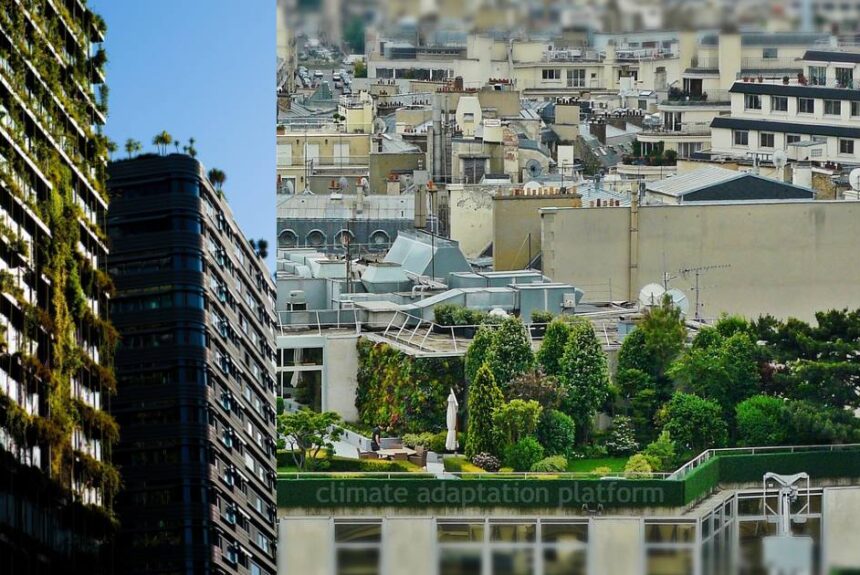Fukuoka City, located in Kyushu Island, Japan, adopted climate adaptation early on, while the rest of the country mainly focused on climate mitigation.
Since the late 1990s, the city has considered climate adaption within its green space and urban plans, and the government has enthusiastically engaged with climate mitigation following the adoption of the Kyoto Protocol in 1997.
Climate change in Fukuoka
Between 1898 and 2017, Fukuoka experienced higher temperatures, at 2.54°C, compared with 1.69°C in the wider Kyushu and Yamaguchi area and 1.19°C for the entire country.
The Intergovernmental Panel on Climate Change (IPCC) predicts that under the A1B emissions scenario, Fukuoka’s average air temperature will continue to increase by 2.9°C by 2100. As a result, the city will also have 19 more severely hot days with temperatures over 35°C and 42 more hot days with temperatures over 30 °C per year by 2100.
Fukuoka is a front runner when it comes to climate adaptation
Fukuoka city made its first local climate plan in 1994, years ahead of other cities’ climate action plans. Even before the 2018 Climate Change Adaptation Act mandated the local government to form their climate change action plans, Fukuoka released its Climate Change Countermeasures Actions Plan in 2016, identifying the city’s five climate risks requiring adaptation actions.
As embodied by Fukuoka’s green terraced ACROS (Asian Cross Roads Over the Sea), what contributes to the city’s adaptation success is the availability of a robust body of scientific evidence generated from their local scholars and institutions the town relied on to inform their decision making.
Fukuoka’s green terraced ACROS symbolizes climate adaptation through the built environment. The building has inspired further green roofs and smaller-scale greening actions by its citizens and private sector throughout the city.
While climate adaptation is relatively new, existing policies and frameworks on environmental protection, disaster prevention, and informed green space planning can serve as a foundation for climate adaptation actions.
As a subtropical, mid-sized city in Asia, Fukuoka’s green space planning policies have worked well in adapting to the climate change impacts like increased heat and rainfall and applying urban greening to create a liveable environment for its citizens.
Success factors of Fukuoka’s climate adaptation plan
The city’s unique historical context is its ability to rebuild and develop amid the heavy destruction it experienced during World War II in the early 20th century.
The depth of understanding of its environment by its local experts and researchers and the city’s intent to connect this to its policies may be linked to the island’s historical experience with pollution.
Its wealth and resources allowed it to develop comprehensive climate and environmental policies and recruit and train technically capable local government staff.
Whether Fukuoka’s climate adaption success is transferrable to developing Asian cities remains to be seen.
To read the entire study, click the link below.
Source:
Leslie Mabon, Kayoko Kondo, Hiroyuki Kanekiyo, Yuriko Hayabuchi, Asako Yamaguchi, Fukuoka: Adapting to climate change through urban green space and the built environment?, Cities, Volume 93, 2019, Pages 273-285, ISSN 0264-2751, https://doi.org/10.1016/j.cities.2019.05.007



Leave a Reply